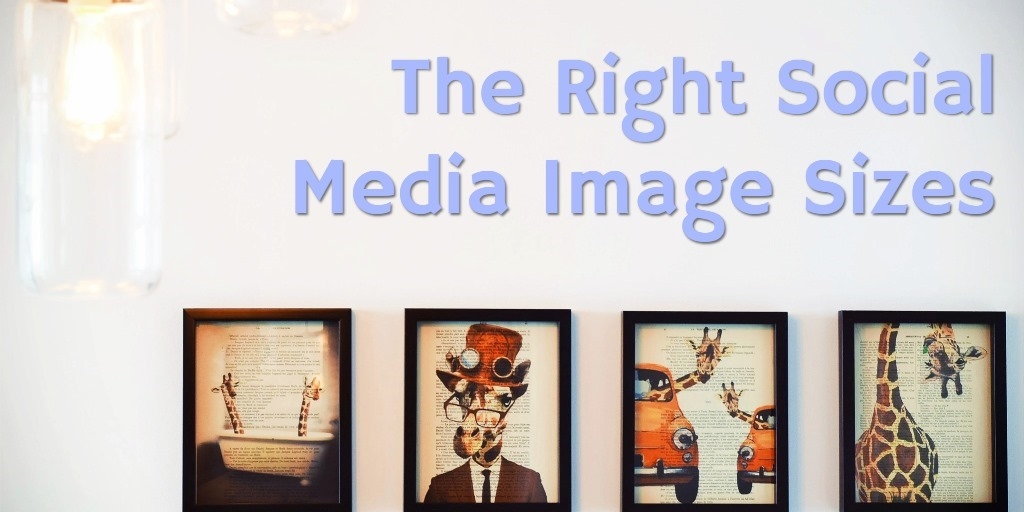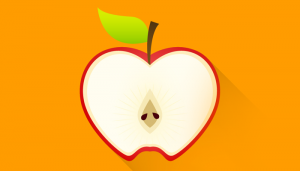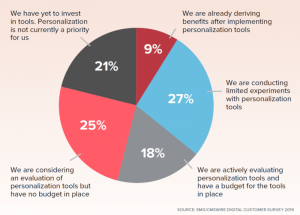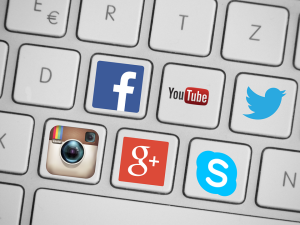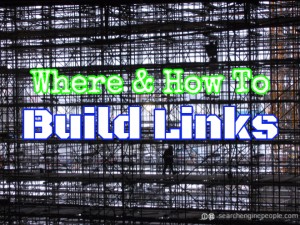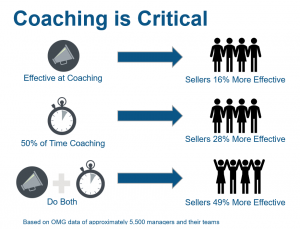People love pictures.
Social posts with images have been proven to get exponentially more reach than those without.
From Hubspot:
“Facebook posts with images see 2.3X more engagement than those without images”, and “Tweets with images receive 150% more retweets than tweets without images”.
Sure, image content and quality count for a ton, but – to start – it’s simple: There’s truly no good reason not to include an image with your social posts.
Note: Beyond first deciding to include images wherever it makes sense, images on your brand’s social channels must also (always!) be:
- on-brand
- audience appropriate
- eye-catching
- evocative, and
- highly “shareable”.
But Make It Count!
Nothing can undermine the efficacy of a well-crafted social post more than an image that busts, skews, or simply doesn’t fit.
Trouble is, image size specifications for most social networks change often so it can be hard to stay on top of the rules.
Of course you can look to the social networks themselves — Facebook posts image usage recommendations, for example, as do Twitter and Instagram.
From Facebook:
- Regular photos: 720px, 960px or 2048px wide
- Cover photos: 851px by 315px
- …make sure the file size is less than 100KB
From Twitter:
- Photos can be up to 5MB
- We accept GIF, JPEG, and PNG files.
- Your photo will be automatically scaled for display…
From Instagram:
“When you share a photo on Instagram…we make sure to upload it at the best quality resolution possible (up to a width of 1080 pixels). When you share a photo that has a width between 320 and 1080 pixels, we keep that photo at its original resolution as long as the photo’s aspect ratio is between 1.91:1 and 4:5 (a height between 566 and 1350 pixels with a width of 1080 pixels). If the aspect ratio of your photo isn’t supported, it will be cropped to fit a supported ratio…”
But mining through each of those sites for instructions can be onerous. So having a guide from a trusted online social media marketing resource at the ready when you’re preparing images for your Social Media Editorial Calendar is really helpful.
Some of our top picks are:
- Sprout Social’s “Always Up-to-Date Guide to Social Media Image Sizes”
- Buffer’s “Ideal Image Sizes for Your Social Media Posts”
Both guides provide recommendations for Profile Pics, Cover Images, and a variety of post and ad type images, and Sprout Social promises that their article is updated regularly!
Note: Figuring out the best size for your social post’s pic isn’t a perfect science — even the top online social media marketing resources disagree sometimes. But by comparing several guides you’ll be able to come up with a solid general consensus.
The below Quick Guide combines the recommendations of Sprout Social and Buffer for basic social post images:
- Facebook: 1,200 x 628-630 pixels
- Twitter: 440 x 220 pixels minimum (2:1 Ratio)
- Instagram: 1,080 x 1,080 pixels
- LinkedIn: 552 x 368 pixels
- Pinterest: 600 x 900 pixels (image aspect ratio of 2:3)
- Google+: 497 pixels wide minimum (height will scale); maximum 2,048 x 2,048 pixels
Don’t Have Time For 6 Versions Of Each Of Your Images For Social?
Buffer says:
“In experimenting with the fastest, easiest way to create images we know will work well in social media feeds, we came across a couple of image sizes that became our go-tos: one size for horizontal (landscape) images and one for vertical (portrait) images…”
- Horizontal/Landscape: 1,024 x 512
- Vertical/Portrait: 800 x 1,200
So that’s definitely worth a try if you’re short on time.
But if you have aspirations to be a social image expert, we’ve provided some additional detail below:
Buffer: 1024 x 512
“What we’ve found to be a great solution for creating and sharing images to Facebook is to build an image that is 1024 x 512. While this doesn’t quite fit the dimensions above perfectly, it is large enough to look great on retina displays (where the pixel density is greater) and large enough so as to fit with the full-width areas in the News Feed.”
Plus:
- Square Image: 476 x 476
- Landscape Image: 476 wide x “height adjusted accordingly”
- Vertical Image: 476 wide x “height adjusted accordingly”
Buffer: 1200 x 675
“Go square! “So a square image will nicely take up all the space available. According to Twitter, any aspect ratio between 2:1 and 1:1 is great. Ideal image sizes for tweets… and 1200 pixels wide by 675 pixels tall (16:9 aspect ratio) is the ideal Twitter image size for displaying your image fully on mobile. (This dimension also works great on the desktop.)”
Sprout Social: 440 x 220 pixels (a 2:1 ratio).
“It’s important to note that Twitter may collapse your photo into a smaller version to fit in a user’s stream. Make sure Twitter displays the portion of the photo you want followers to see by setting the width of your image to fit the minimum requirements. Also, horizontally center your content to avoid odd cropping.”
Everyone agrees on image sizes for Instagram — it’s pretty straightforward: Square? 1080 x 1080 pixels.
From Buffer re: Landscape and Portrait crops:
- Vertical image: 1080 pixels wide by 1350 pixels tall
- Horizontal image: 1080 pixels wide by 566 pixels tall
From Sprout Social re: Instagram Stories:
- Recommended resolution is 1080 x 1920
- Minimum resolution is 600 x 1067
- Aspect ratio is 9:16
- Max file size is 4GB
LinkedIn offers lots of spots to add photo content — perhaps more than any other network — so it’s hard to keep straight the best specs for a post.
Buffer says:
“…the ideal image size is 552 pixels wide by 368 pixels tall..It seems that if you upload a landscape image, LinkedIn will scale it to a height of 368 pixels and crop the sides. If you upload a portrait or square image, LinkedIn will scale it to a width of 552 pixels and crop the bottom of the image.”
From Sprout Social: Pins on both the main page and board appear at 236 pixels (height is scaled).
More:
“When adding a pin to your board, it’s important to remember that Pinterest puts a limit on the width of the image but not the length. This gives you the opportunity to add a photo that’s square or one that will scale to be even taller. Just remember to make sure you’re creating large images because they add more value, not just because you can.”
Nothing can undermine the efficacy of a well-crafted social post more than an image that busts, skews, or simply doesn’t fit.
The post The Right Social Media Image Sizes appeared first on Search Engine People Blog.
(14)

